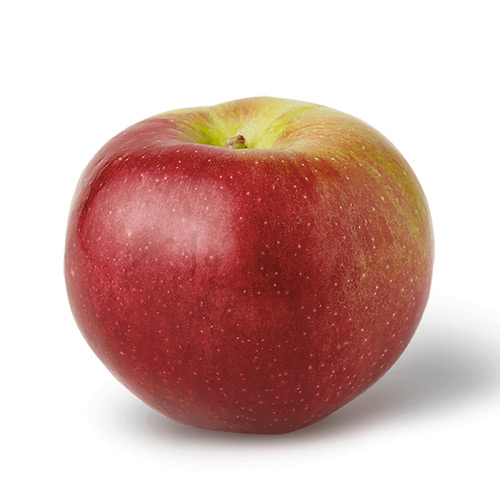Good Apple Info Snapshot:
For some reason, despite the disease resistance shortcomings according to the book, Macoun just does well for us.
Known as a high-quality eating apple up North, we’re set on seeing if we can get some authentic Macouns in our neck of the woods. This is certainly a bit more of an experiment. You’re welcome to join us if you have some extra space. If your space is limited, you’ll likely want a more tried and true variety for our area.
Good Apple Info Difficulty Rating:
Medium according to us – Hard according to the book which notes a number of disease susceptibilities.
It’s also worth noting, that the book says Macoun prefers cooler climates. We’re waiting for ours to fruit and haven’t heard from any local growers on apple quality in our hot summers… fingers crossed the book is a bit outdated.
Tree Habit:
Hardy, vigorous, upright, but small tree. Bears fruit on spurs. Can be slow to bear. When producing, annual crops tend to alternate between feast and famine. Prune to keep harvests abundant.
Apple Color:
Dark purplish red blushed over a green background.
Size:
Medium, round, slightly flattened.
Flavor:
subacid – aromatic, sweet-tart with hints of spice and flowers.
Bloom:
End Main Season
Ripe:
October
History:
Macoun is a cross of McIntosh and Jersey Black developed by New York Agricultural Experimental Station in Geneva, NY in 1909 and first released to the public in 1923. It was named after William Macoun, a famous Canadian fruit breeder and Canadian horticulturalist. This man was largely responsible for the success of McIntosh.
A cult favorite in the Northeast, Apples of Uncommon Character states, “Because you can’t take it with you–Macoun neither ships nor stores–it functions like a seasonal madeleine in the memory of many a New Englander.”
Storage:
Does not store well.
Uses:
Fresh eating, apple sauce, pie.







Reviews
There are no reviews yet.